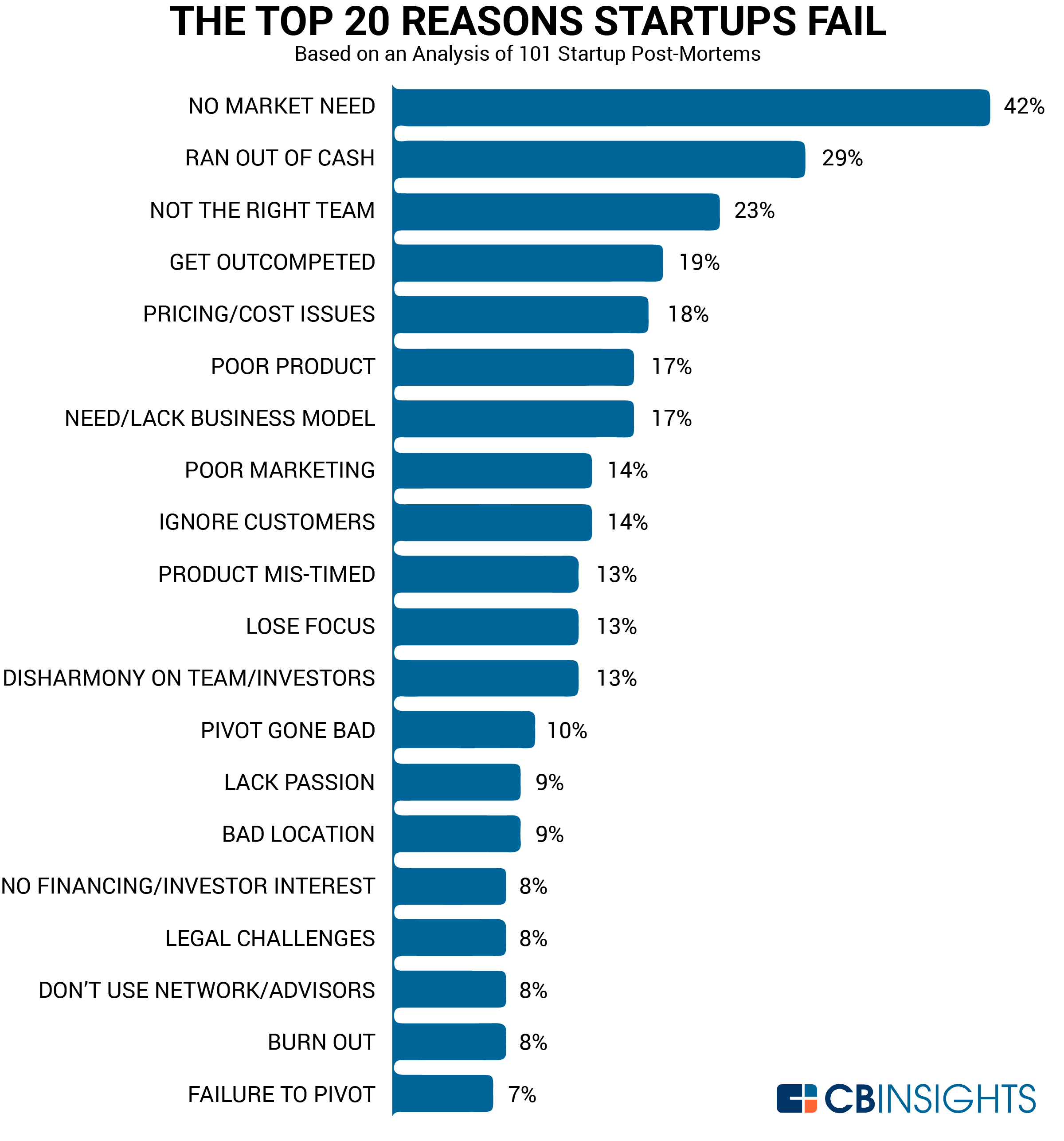[ad_1]
The Fundamental Components of a Car Sharing Business
Car sharing is hot right now. In fact, the car sharing business is so hot that many car manufacturers are afraid that the traditional model of car ownership is about to collapse.
Car sharing is a relatively new development in the U.S. As a matter of fact, most domestic car share companies claim a history of a decade or less. Nonetheless, it is quickly gaining popularity with the younger crowd. Between 2010 and 2015, the total annual revenue for car sharing businesses doubled. Before 2024, experts believe it could increase another 34 percent to $16.5 billion.
It’s safe to say that now’s a good time to get into the business of car sharing.
Fortunately, running a car sharing company isn’t much different from running any other business. Here are the steps for starting your own car sharing business.
RELATED ARTICLE: 5 PROFITABLE AUTOMOBILE-RELATED BUSINESS IDEAS
Understand the Market
You aren’t the only entrepreneur with the genius idea to capitalize on the car sharing craze. Currently, there are 27 car sharing companies operating in the United States. What’s more, others overseas are eager to move into the American market. Before you launch your own car sharing enterprise, you should probably understand how established businesses understand the question, “What is car sharing?”
Here’s a snapshot of the more successful car share companies out there:
- Zipcar. The world’s largest car sharing company, and one of the most aggressive at purchasing its competitors.
- Car2Go. Another major car sharing competitor, owned by German auto behemoth Daimler.
- Enterprise Car Share. A long-term car rental business that has recognized the demand for short-term car sharing.
- Maven. GM is hedging its bets with its own car sharing program, which is a hybrid of short- and long-term rental.
- Turo. Using Airbnb’s model, Turo is a car sharing business that allows personal car owners to rent out their vehicles.
Undoubtedly, there are a few regional car share organizations available in your area. You need to understand the drivers in your market before you develop a business plan for your car share company.
Find Your Niche
Unless your market is untouched by the existing car sharing players, you will need to distinguish your new outfit from the others. One of the best ways to do this is by targeting car share users whose needs are not currently being met.
Hopefully, your market research will uncover a niche that is unaddressed. Otherwise, you can take inspiration from any of the following minor car sharing programs. These are limited to individual cities or small regions around the U.S.:
- Student CarShare. This Canadian car sharing outfit operates around universities in Ontario, Canada.
- FlightCar. This is a peer-to-peer car sharing business that services 11 airports.
- BlueIndy. Specializing in electric cars and adding public charging stations, this Parisian company functions only in Indianapolis.
New niches appear every day. For example, many massive housing complexes in big cities are considering adding car sharing programs as amenities for their tenants. Even rural zones that were previously considered not-ideal for car sharing programs are beginning to see interest in the sharing economy. So that you can succeed, be sure to develop a strategy that allows you to avoid directly competing with established companies.

Choose Your Tech
Before you finalize your car sharing business plan, you need to acquire your tech. Technology is a necessity for car sharing. This is what makes short-term rental convenient for consumers. Car sharing programs require a fleet of vehicles as well as an armada of hardware and software to assist consumers and the back-office. At the very least, your outfit will require:
- Keyless entry and ignition systems for customer access to vehicles
- GPS systems for tracking vehicles
- A website and mobile portal for information and transactions
- A billing engine for managing accounts and payments
- A fleet management tool for scheduling use and maintenance
Fortunately, you can find car sharing platforms with much of the software components built in and ready for your customization. Still, you can expect to spend between $1,000 and $1,700 per vehicle on hardware. Additionally, you’ll spend about $40 to $60 per month on software hosting and support.
Develop Your Cost Structure
There is one final component of a car sharing business: the cost structure. All businesses have expenses, but the costs incurred by car sharing can be substantial. Setting aside the initial purchasing of vehicles, maintaining a fleet is expensive. In addition to the regular expenses of running any business, such as employee salaries and office utilities, you will likely pay for:
- Fuel
- Vehicle maintenance
- Cleaning
- Parking
To survive these costs, you need to pass many of them on to your users. This requires you to develop a strong cost structure that consumers won’t scoff at. Typically, car shares charge monthly member fees as well as per-mile rates. You should consider what is right for your audience as you develop your cost structure.
[ad_2]
Source link





 Images: Biz2Credit
Images: Biz2Credit

